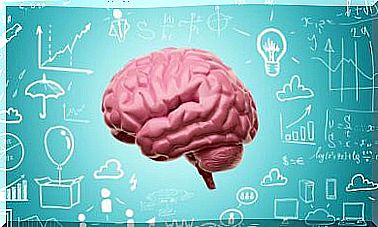Digital Literacy: What Is It And What Is Its Importance

It is a reality: children no longer learn only through traditional reading and writing, but through new technologies. This implies learning to move in an increasingly digital age in every way. Digital literacy has to do with all this.
But what exactly does it consist of? Is it a process, a capacity or a development? Why is it important to include digital literacy in schools and what are its benefits? Find out!
Digital Literacy and Digital Literacy: What are they?
The Royal Spanish Academy (RAE) defines the word “alphabetize” as ‘the ability to teach someone to read and write’.
But it is a term that can become obsolete in the era of new technologies and communication in which we live: and from there arises the concept of digital literacy, that process that allows us to acquire the necessary skills to be competent in new technologies.
Through this process we arrive at digital literacy, which is the ability to perform different tasks in a digital environment. It is a generic definition that contains other nuances, since this ability includes other abilities, such as the following:
- Locate information.
- Investigate.
- Analyze.
- Prepare content.
- Design digital proposals.
All this through technology and digital media. In this way, digital literacy is the process to reach digital literacy, which is actually a new way of communicating, creating and understanding information.
However, throughout the article we will use both concepts as equivalent and therefore interchangeable.

Levels of digital literacy
There are various levels of digital literacy; These range from the most basic to an intermediate one to a superior one. But what does each level imply? What examples of skills do we find in each of them?
- Basic or elementary level: for example, knowing how to publish on Instagram.
- Intermediate level: implies the use of technology to improve our lives, or to be more efficient; for example, learning to code on Facebook.
- Higher level: for example, create your own digital content.
Importance and benefits of digital literacy
In the world in which we live, where the use of new technologies prevails, it is almost essential to know minimally what digital literacy consists of. And it is that, in a way, it is a new way of connecting with people, of communicating with them and also with the world.
In addition, digital literacy goes beyond learning digital tools and programs, and has great benefits, such as the following:
- Develop critical thinking : by accessing more information, we can better contrast it, thereby fostering critical thinking.
- Access to better jobs: knowing and mastering ICTs today increases the possibility of accessing more jobs and that they are better paid.
- Favor social inclusion and development : the lack of access to technologies creates more differences in the cultural, economic, social and educational spheres.
- Improve our day to day : new technologies can be integrated into our day to day life and improve our quality of life, making it easier and more comfortable.
School and digital literacy
Schools are increasingly choosing to include programs or subjects that promote digital literacy skills. And it is that this type of literacy poses a new way of teaching and learning.
But, what are the advantages of teaching ICTs to the little ones?
- Stimulating your curiosity.
- The promotion of more autonomous work (for example, having to search for information themselves).
- The acquisition of cross-subject learning.
- A closer approach of reality to children who are increasingly “digital” (the so-called “digital natives”: already familiar with new technologies).

What does it mean to introduce digital literacy in school?
Introducing ICTs in the school curriculum translates into the teaching of computer tools and programs, but also in the introduction of e-learning (electronic learning).
Through this system, the good thing is that all geographical barriers are eliminated, which allows access to unlimited information, as well as collaboration with other centers. In this way, ICTs allow us to learn to program, to know the internet better…, but not only. Therefore, their inclusion in school must also be based on subjects related to the media and audiovisual education.
As we can see, digital literacy is already part of our reality, and also of the reality of the little ones. And also, not only from people who are dedicated to the digital world, but also from people who are beginning to learn from new technologies.
Digital environments are increasingly growing and therefore, having the right tools to move in them is essential.









